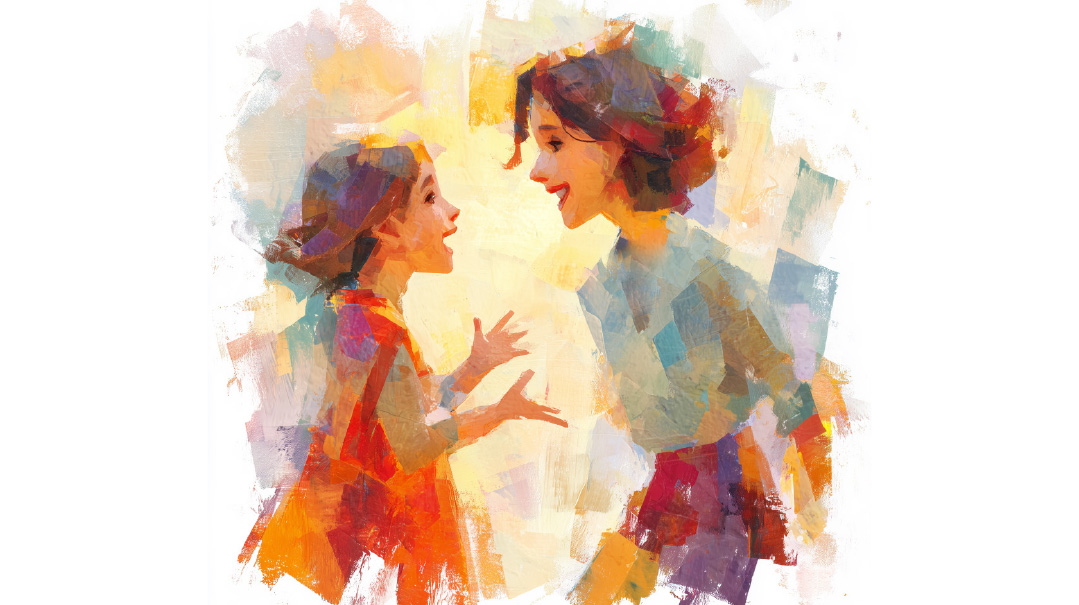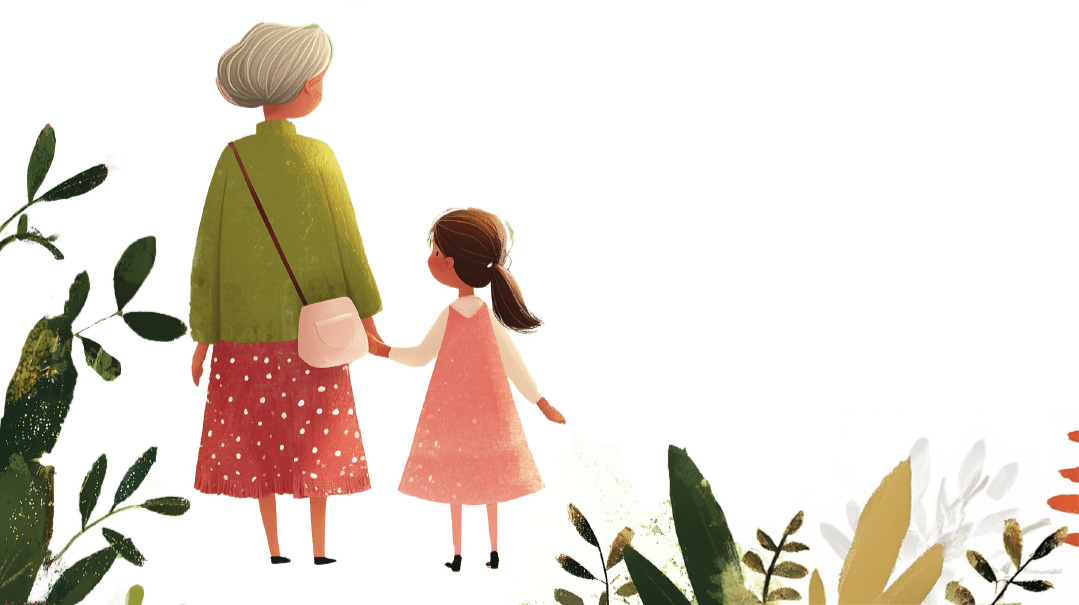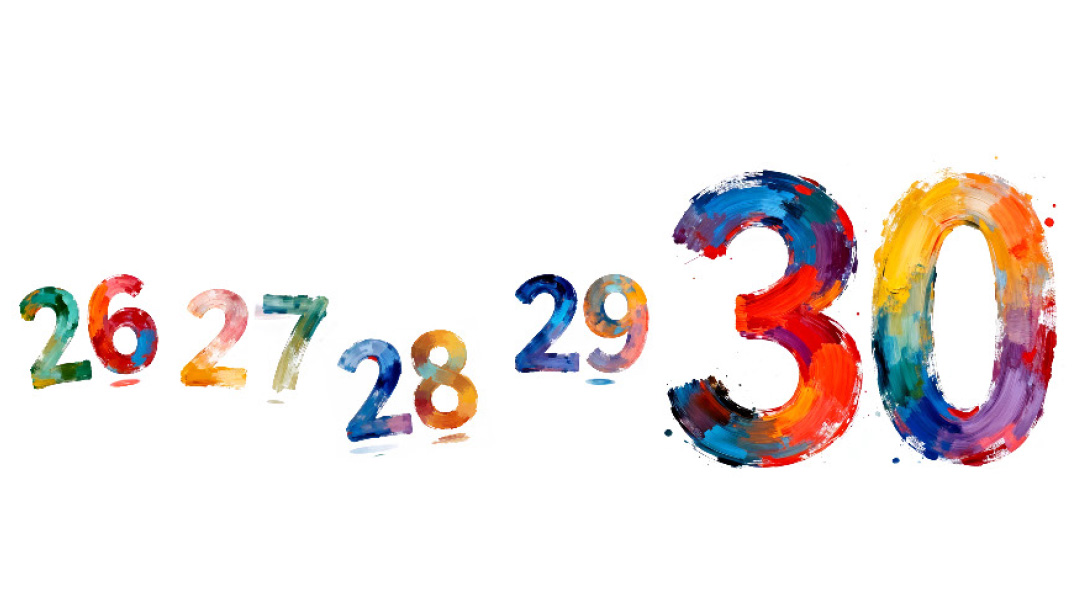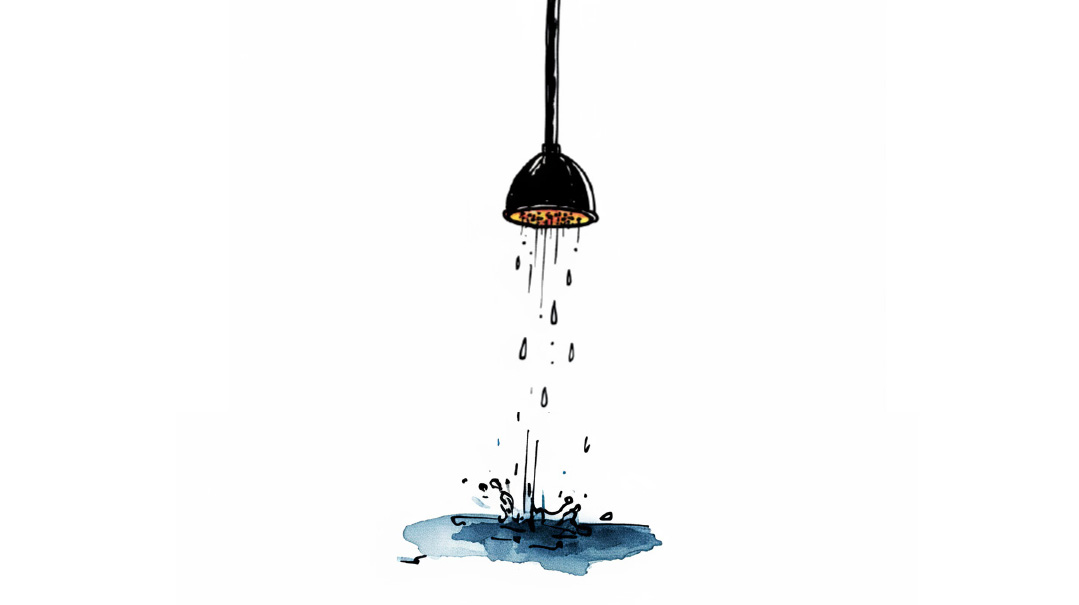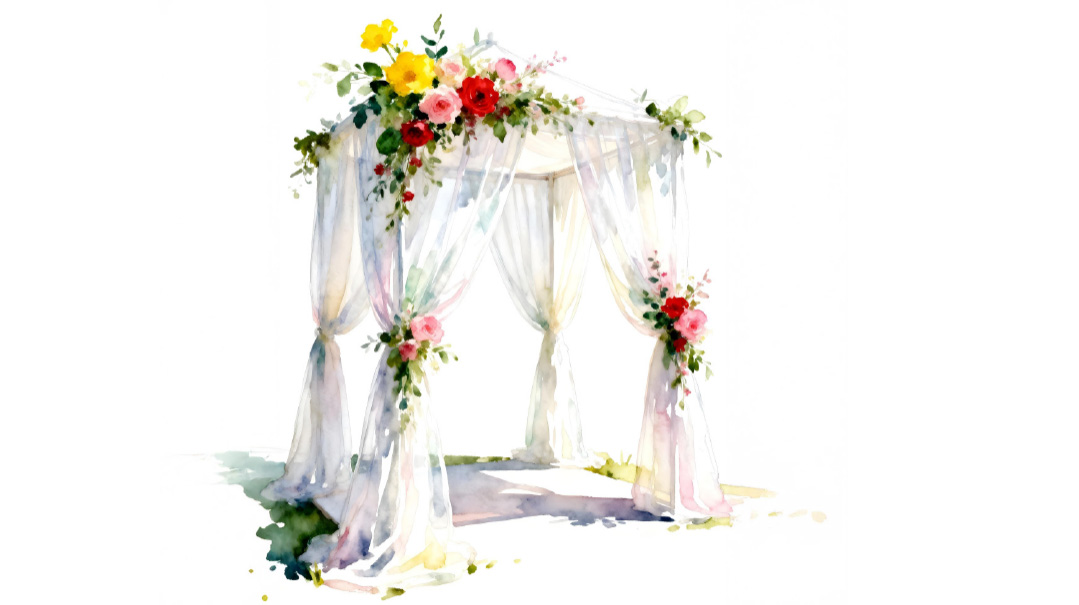Hydration Nation

Everyone’s downing water as if there’s an imminent drought
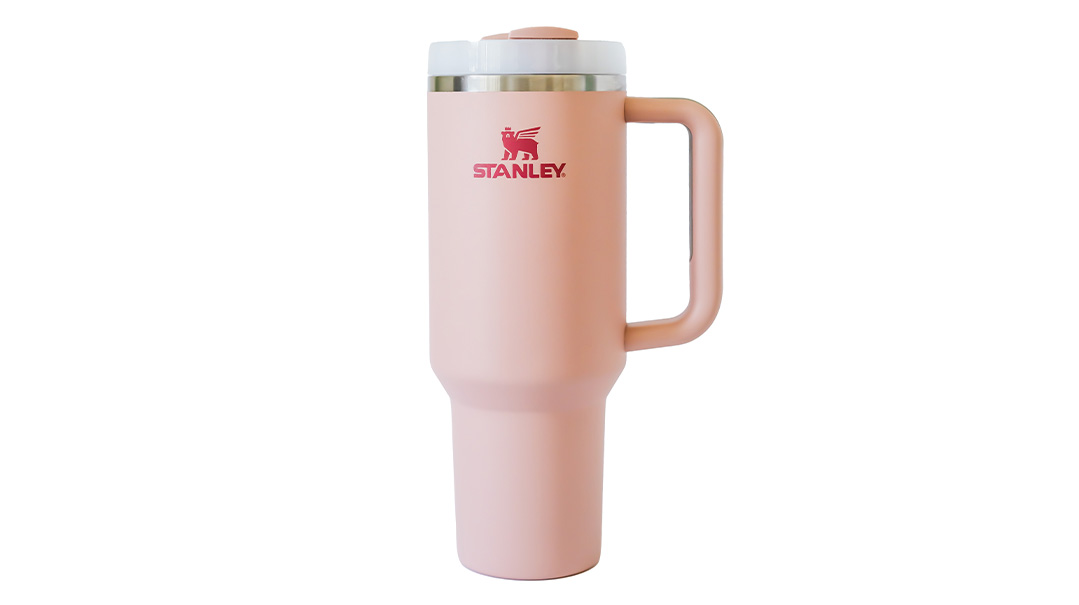
Iced coffee, water, espresso, beverages the color of summer.
Everywhere you look, people are drinking something; they’re walking down the street holding lidded disposable cups or one of those triple insulated mammoth vessels that keep a drink’s temperature steady for a minimum of six months. No one braves the urban jungle unarmed. Even kids won’t leave to school without a bottle of water.
Or two.
Or three.
We’re fixated on liquid intake; we’re a nation focused on hydration.
My friend Leah has her water delivered. They drop it at the curb, leaving her with the job of hauling cases of water to her garage. Who started this water craze, she asks, perplexed, frustrated, and probably exhausted, too, from all that schlepping.
Everyone’s downing water as if there’s an imminent drought, like camels in the desert, Leah says. And brand matters, too. One mother confided her water bottles are from Walmart, and if her kids knew, they’d refuse to drink it. Apparently, Aquafina and Walmart are ew — the gold standard is Poland Spring.
It seems a water bottle forgotten at home now constitutes an emergency, necessitating frantic calls home, so mom can deliver one to school immediately. Even so, kids still come home feeling parched and dehydrated, with dire warnings of an impending migraine.
“We didn’t take water bottles to school, and I don’t think we walked around dehydrated and swooning,” Leah says.
Water bottles and camp is its own exquisite nightmare. Aside from the hundreds of different forms that need to be downloaded and filled out, there’s also the special preorder water bottle form. And even after preordering all those cases of water, there’s still that call home from camp when your kid tells you he ran out of water.
Leah says she hires a van to take the older boys and their water to camp.
On the way there, she says, there’s room for two pieces of luggage per bochur, and ten cases of water bottles. But the way home is always easier and cheaper because there are no more cases of water bottles, and they have room for one more kid in the van.
Despite all the hydration hypervigilance, Leah says half-full water bottles litter her countertops. She feels bad spilling them out — likely remembering the muscle power expended in moving all those cases of water from her curb to her garage.
She uses those half-full bottles to water her flowers.
It was different when we were young. We knew the benefits of eight cups of water a day, but there wasn’t this single-minded determination to ensure we consumed it all. It’s actually kind of hard to remember what we did drink. All I can say with certainty is no one carried around water bottles or those heavy-duty insulated cups. No one walked around holding a cup with a lid. We didn’t walk to school with a drink. We didn’t walk home from school with a drink.
I asked some acquaintances what they remember drinking.
Leah’s mother says she sent box drinks to school, which Leah says were never consumed.
Chaya Leah thinks it’s possible we drank orange juice, or maybe sipped water at a water fountain.
Gitty remembers running around in camp all day, pouring her energy into sports — without a single cup of water.
Leba remembers the hot cocoa from Nosher’s Delight, the candy and sandwich store across the street from Bais Yaakov High School.
I remember buying Mountain Dew at the soda machine in Camp Bnos.
Toby’s husband asks, “What drink?” He’d scrape frozen orange juice concentrate with a spoon.
Mimi doesn’t remember drinking much as kid, if at all.
But today you’re a nobody unless you’re walking and holding a beverage.
Leah’s convinced there’s some sort of conspiracy cooked up by the people who sell beverages, and the variety of cups made to hold them. Maybe she’s right. But it’s hard to think about it now because I’m feeling kind of parched.
First, I must grab a drink.
(Originally featured in Family First, Issue 896)
Oops! We could not locate your form.

